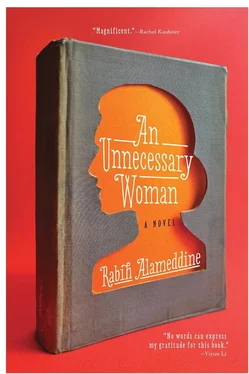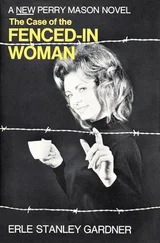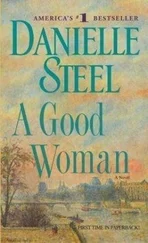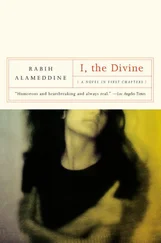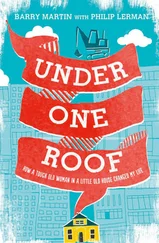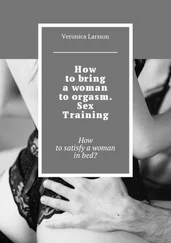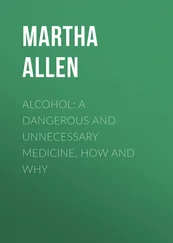Whereas most people will tell you that they prefer the city on spring afternoons when she fills her lungs with briny air, when bougainvilleas, purple and crimson, and wisterias, lavender and white, begin to bloom, or during summer sunsets, when the water is decked with a panoply of gold and hyacinth so vibrant that the city practically rocks on her promontory, I prefer her in this subdued light, under roiling gray clouds, rain-filled but not raining, when the neutral air gives contrast to the authentic colors of the city. These clouds prevent me from seeing the brilliant new white on the mountain peaks, but they offer spectacular city sights as compensation.
I am old enough to remember when this neighborhood was nothing more than two sandstone houses and a copse of sycamores, their carpet of tan leaves acting as their garden. The development of our metropolis began in the 1950s and went completely insane in the 1960s. To build is to put a human mark on a landscape, and Beirutis have been leaving their mark on their city like a pack of rabid dogs. The virulent cancer we call concrete spread throughout the capital, devouring every living surface. I’m not sure how many sycamores remain, how many oaks or cypresses, but I can now walk for half an hour without encountering a single tree, and when I do, it’s usually a foreigner, a eucalyptus, jacaranda, or bottlebrush — nice but not satiating. If I happen to come across a garden these days, I burst into bloom.
I mention this now because, miraculously, one of those two houses has survived. Amid the proliferation of unsightly buildings, this crumbling Ottoman house with its triple arcade and red tile roof stands out as starkly as a woman in parliament. There are a few of these houses strewn here and there in the city, but none is as decrepit or as defeated as this one, none as beautiful.
Here I stand, your slave,
A poor, infirm, weak and despised old man.
Unlike the homes that look down upon it, the house is uninhabitable, and hasn’t been lived in for at least a generation, definitely not since the beginning of the war in 1975, probably even earlier, not since 1972, the year Hannah passed away. Pockmarked and perforated, disemboweled, roofless and doorless, it allows entry to all manner of trash, yet it appears majestic, to my eyes at least. Encroached upon by bigger, taller, mightier armies, it is poor, infirm, weak, and despised, but unlike Lear, it remains defiant, remains regal, probably till the end. It stands alone.
I remember another wreck from long ago. In the early seventies I was walking to my bookstore, taking a route not far from here — not far at all. This Ottoman house was in much better shape then, of course. The war hadn’t started yet, although signs of it were beginning to pop up here and there. I saw a bright orange BMW 2002 refuse to slow for stalled traffic, its driver probably a self-important young man who would soon be ordering his inferiors to murder, maim, and pillage. He swerved to the right to pass a couple of cars and ran right into the back of a mule-drawn cart full of vegetables, primarily cucumbers and tomatoes. No one was hurt, the mule unperturbed, but the wooden cart was crushed. The cart driver fell to the ground, his seat collapsed, fell on his buttocks as if he were in a Charlie Chaplin movie. The BMW driver, the militiaman to be, was covered in vegetables and embarrassment.
I was an hour late opening the bookstore because I couldn’t force myself to leave the scene. Even then I realized that I was seeing something extraordinary: new Beirut crashing into old, young driver and old street vendor, modernity rushing in, an orange car covered in red and green, German steel jumbled with Lebanese pine, and everyone in shock. I was spellbound.
I leave the sandstone house behind me. I remember that on the top floor it used to have lovely arched stained-glass windows with abstract whorls and curls of bright red, orange, and deep-fried yellow. Whether they were broken or spirited away in the middle of the night, I do not know. They’ve simply disappeared. They live only in my memory now, my Proustian memory.
The last book that Hannah read was Proust’s, which she didn’t finish. She’d read Du côté de chez Swann very early on, but didn’t pick up À l’ombre des jeunes filles en fleurs right away, not on her first try at least. Every time she decided to continue, she felt the need to return to the first volume and reread it in order to get the full experience. She’d begin rereading Swann every few years and give up before the second volume or during the third, always before reaching the end of all ends. I don’t know which volume she was on by the time she passed away, but she’d gone further than she ever had before. I thought she’d be happy.
If during those last days she had written in her diary instead of going silent, I might be able to know whether Proust killed her, whether she encountered something in the text that unnerved her, something the great dandy wrote. I wish I could know. I desire more explication.
I do know that she wanted to finish all the volumes to please me. I’d read through the whole thing twice, and I used to go on and on: Marcel, the spectacular writer, my idol, and so forth. I used to blather endlessly about why I adored him, how he, the desperate socialite and party hopper, the inveterate pleaser, was actually the outsider par excellence, how he could be amid all the people he’d always dreamed of befriending yet remain alone in the universe, the loneliest speck of all.
But please don’t think I’m suggesting that she killed herself because she failed to finish the gargantuan novel. That’s silly.
Hannah aged prematurely; gray hairs began to sprout when she was in her early thirties. She appeared to be in her sixties while in her midforties. Many Lebanese women of her generation had similar problems; these days most resort to plastic surgery and no one is able to gauge how old anyone else is. I don’t think she concerned herself much about it, at least I didn’t think so in those days. Her mother had aged similarly. I remember her mother as being rather seasoned when I met her, and she was much younger then than I am now. In her journals Hannah wrote impassively about being elderly when she reached forty. She simply expected it. She jokingly wrote that as an old woman she could eat whatever she wanted without worrying about her looks, not that worrying ever stopped her from eating.
I can tell you that she suddenly began to have trouble sleeping sometime in her forties, and that caused a great deal of concern. Her most fervent fantasy was to experience an uninterrupted night of sleep. I began having similar sleeping problems in my sixties, not my forties. She first tried old folk remedies. Hot milk and honey, green tea, anise, chamomile — all were of little use. She placed a sachet of lavender under her pillow, she placed two, then three. She tried spending the night in my apartment instead of hers. Nothing worked. A doctor prescribed Valium, but as little as five milligrams turned her into a walking corpse the following day. She took Seconal, but that didn’t induce slumber so much as grogginess and bewilderment. She told me she fought off sleep and spent the night terrified because she wasn’t able to recognize herself or what she was doing.
She spent her remaining days and nights troubled by the lacerating paralysis of insomnia.
As she approached fifty in 1972, the Valium and Seconal pills would become part of her story, though not in the way one might assume. She plummeted — she dove into her abyss before Beirut dove into its own.
I was a fool. I was young, a child in my midthirties, but I shouldn’t offer that as an excuse. I should have been paying attention. The end of the year was fast approaching and I was about to begin a new project. I was distracted.
Читать дальше
